TaylorMade Qi vs Mizuno JPX 925 Hot Metal Irons: Read Our Head-To-Head Verdict
Two of the most popular sets of irons on the market are the Mizuno JPX 925 Hot Metal irons and the Qi irons from TaylorMade, but which is best?
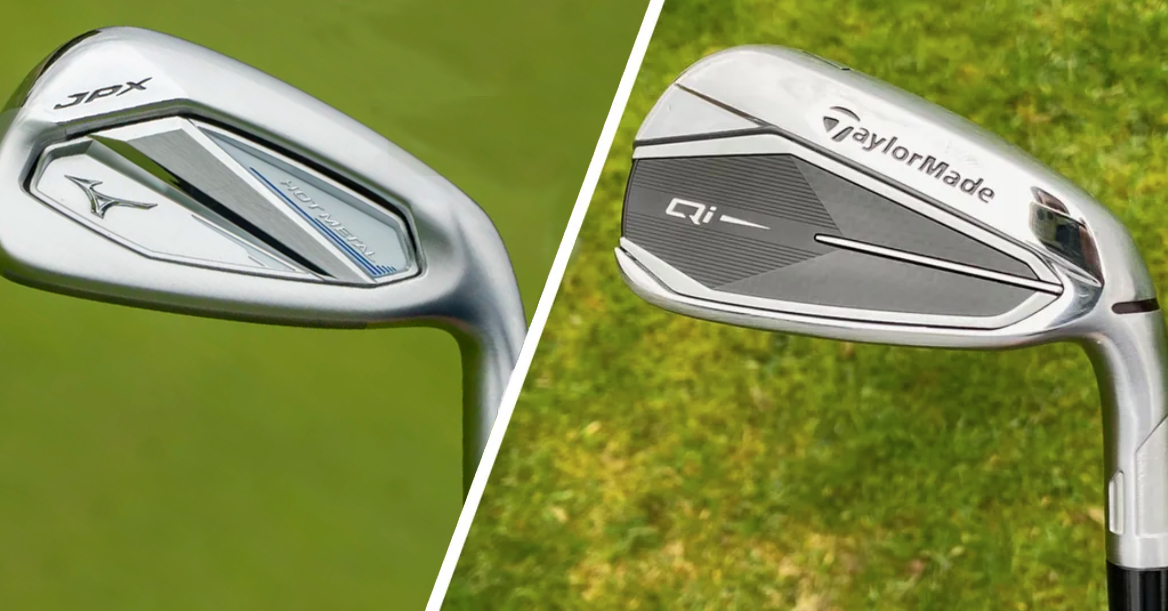

David Usher
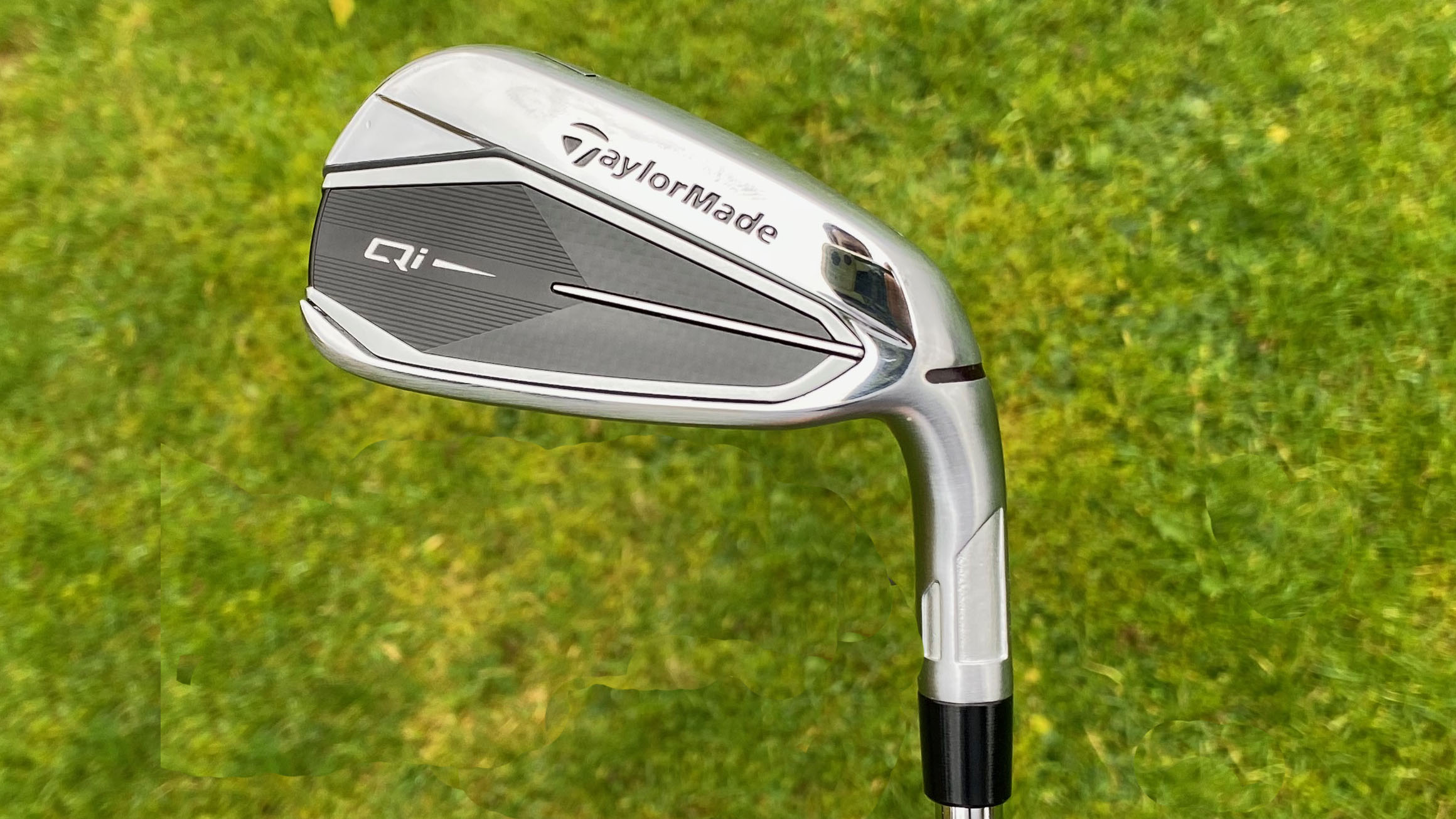
A super powerful and forgiving iron in the game improvement category. On the firmer and clickier end of the spectrum in terms of feel and acoustics, but extremely strong distance, helped by the subtle draw bias.
Pros
- Exceptional distance
- Very forgiving
- Good launch considering the strong lofts
Cons
- Not a huge change from the Stealth iron visually
- Quite a firm feel at impact
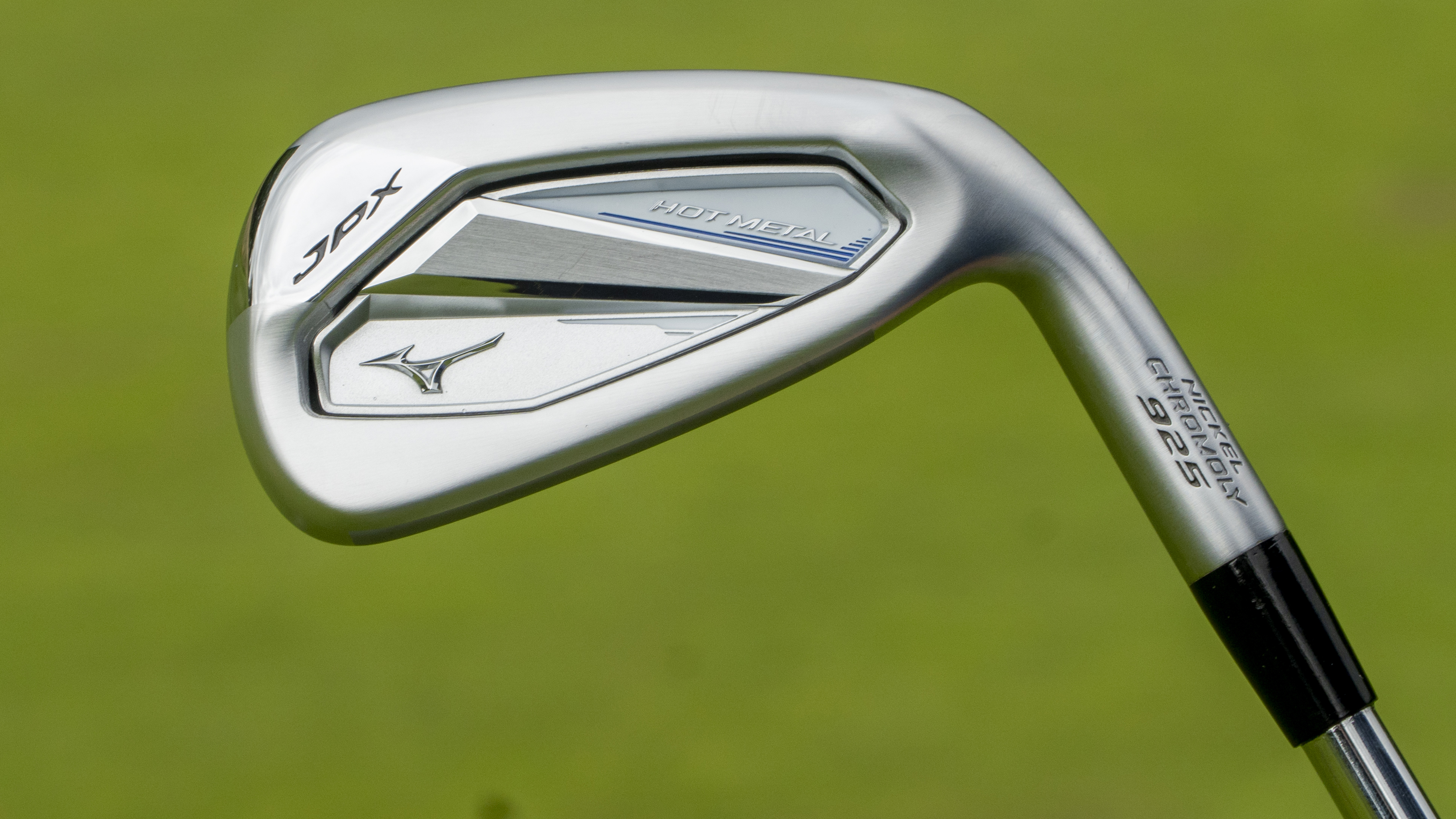
The JPX925 Hot Metal is a strong offering from Mizuno. It is clear that impact feel has been a priority in design here as Mizuno has produced a very high-level product in that regard. Lively without being too harsh, they also provide a good level of feedback on mishit shots.
Pros
- Great impact feel
- Good distance output
- The new head shape sits beautifully
Cons
- Prone to infrequent ‘jumpy’ outliers during testing
Looking for a new set of irons? Two brands that should be on your radar are TaylorMade and Mizuno, both known for producing some of the best golf irons on the market. Whether you're after a model for low handicaps or one of the best game improvement irons, you'll frequently find offerings from both brands near the top of our buying guides.
In this head-to-head comparison, we’re focusing on two iron sets specifically designed for mid-handicap golfers seeking improved performance. It’s a broad category, but both the TaylorMade Qi irons and Mizuno JPX 925 Hot Metal irons fall under what we’d consider 'distance irons'. In other words, clubs built to help you squeeze out more yardage from the fairway or off the tee in pursuit of lower scores.
While both sets aim to serve a wide range of players within the mid-handicap bracket, the question is: how do they compare and which one is the better fit for your game? Let’s take a closer look!
Technology
Let’s start with the TaylorMade Qi iron, which retains a similar look to its predecessor, the Stealth iron. The biggest advancement lies in its new patented face technology, branded by TaylorMade as ‘Straight Distance’. In essence, each club face and head has been individually engineered to optimise flex and minimise cut spin, which is a key benefit for players who frequently miss shots to the right (a common tendency among the mid-handicap golfers this set is aimed at).
The CG (centre of gravity) location has also been tailored depending on each iron. In other words, the longer irons have been tweaked to promote a higher, easier launch whilst the shorter irons have a higher CG to maximize control of flight.
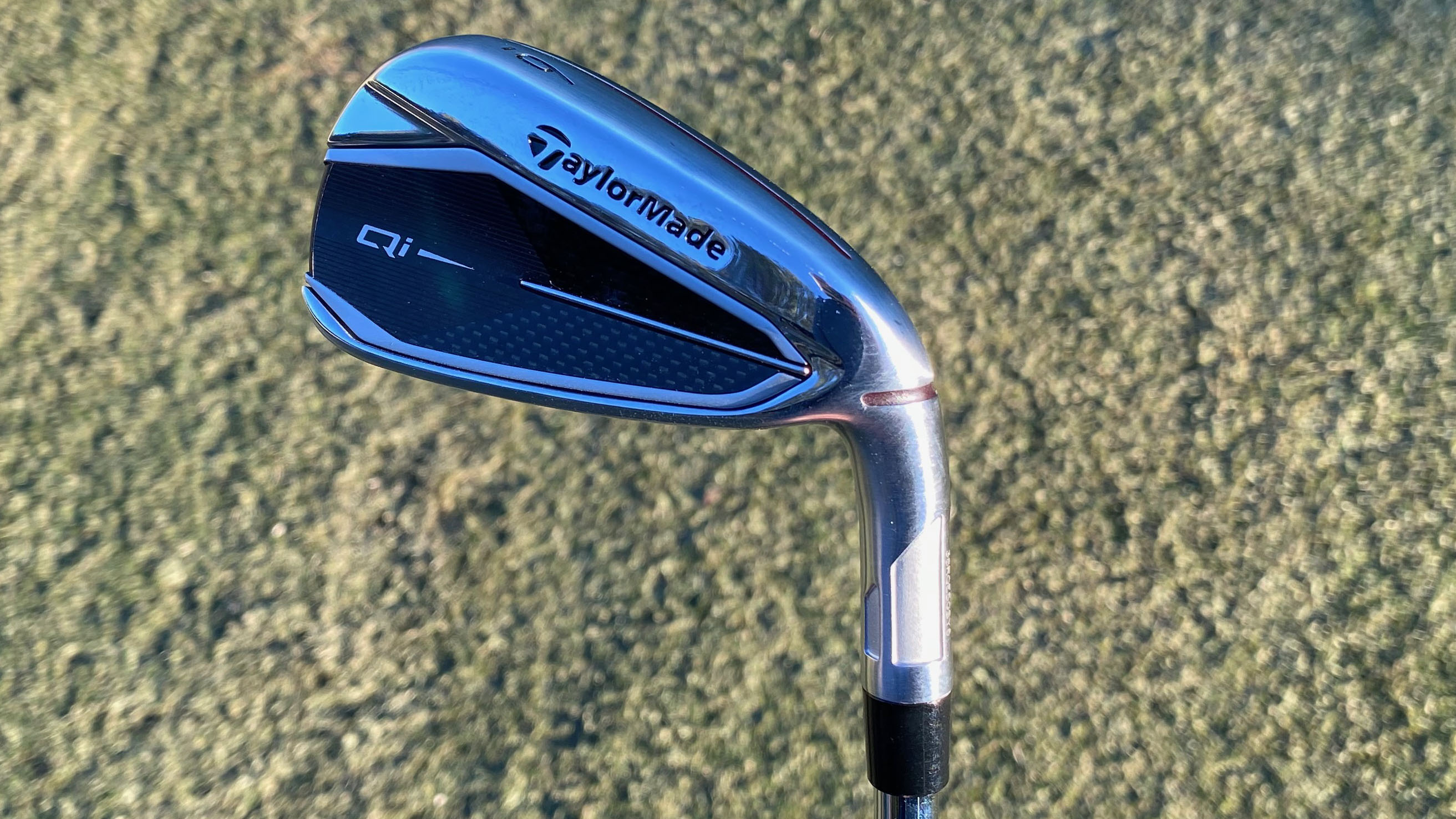
Now onto the Mizuno JPX 925 Hot Metal. Mizuno believed it had already pushed distance to the limit with previous models (they had reached the USGA's maximum Coefficient of Restitution) so the focus with the JPX 925 family shifted to enhancing forgiveness.
To achieve this, Mizuno worked to expand the high ball speed zone across the face, essentially increasing the area that delivers maximum performance on off-centre strikes. That might sound straightforward, but it involved several technical refinements.
Subscribe to the Golf Monthly newsletter to stay up to date with all the latest tour news, equipment news, reviews, head-to-heads and buyer’s guides from our team of experienced experts.
One key change is the CG (centre of gravity) optimisation across the set. In the longer irons, as with the Qi irons, the CG is positioned lower to encourage a higher, easier launch, while the shorter irons feature a higher CG to promote better flight control and precision.
Additional technologies include a Seamless Cup Face for better energy transfer, a multi-material construction that incorporates Nickel Tungsten weighting in the longer irons for added stability and a variable sole thickness to improve face flex and overall forgiveness. The Mizuno edges this category.
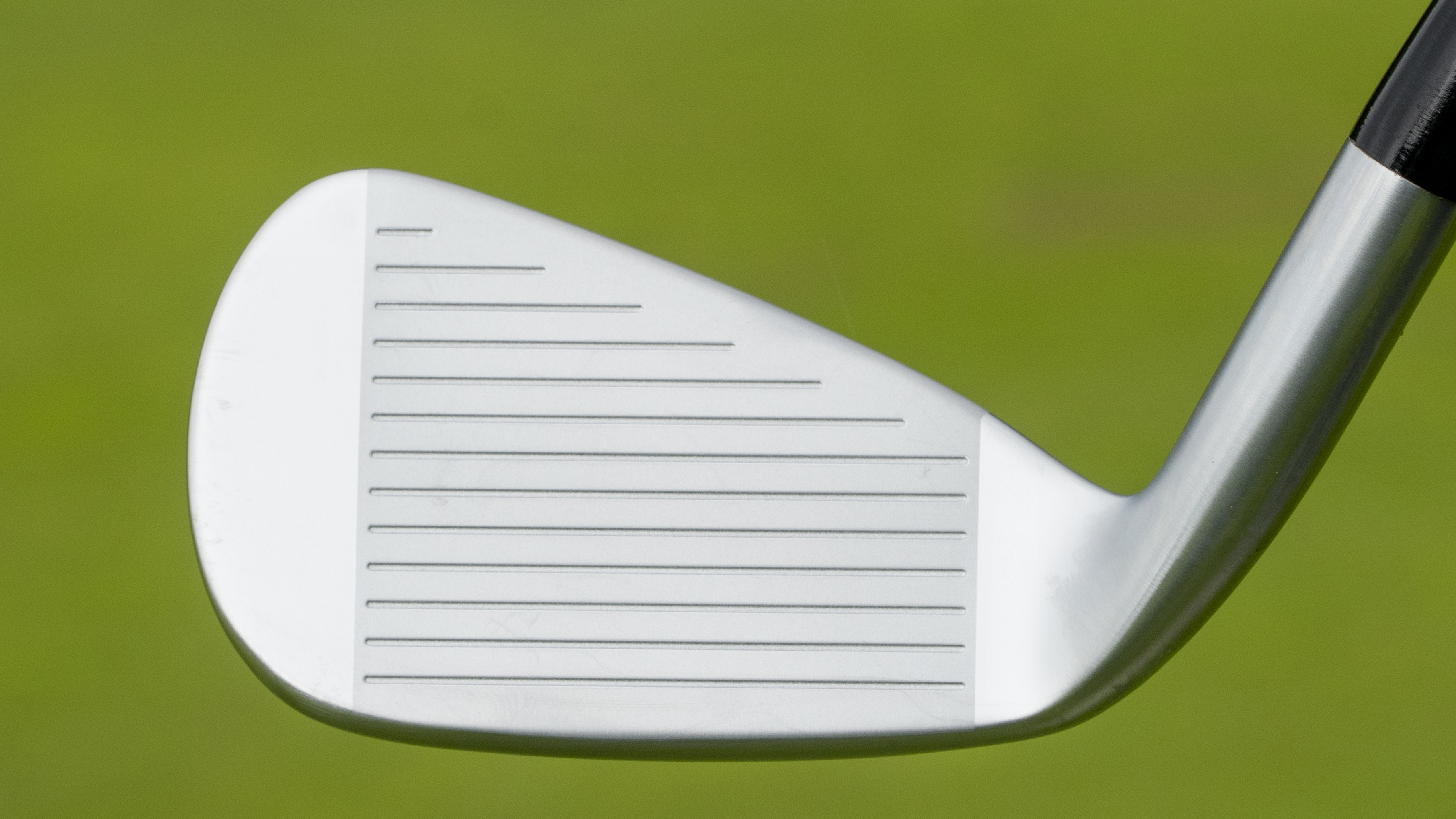
The face of the Mizuno JPX 925 Hot Metal Irons
Looks
I was a big fan of the TaylorMade Stealth irons when they launched so I was glad to see that the new Qi irons haven’t undergone a major design overhaul. TaylorMade has clearly chosen to build on a successful foundation rather than start from scratch. Visually, the only noticeable changes are a slightly larger badge on the back and a touch more chrome detailing.
At address, the Qi still offers the familiar look of a generous blade length, a thicker-than-average top line, and a noticeable amount of offset. These are all features that promote forgiveness and inspire confidence when standing over the ball. Overall, it’s a design that feels both modern and aspirational and in my view it’s easy to see why TaylorMade chose to keep the formula largely unchanged.
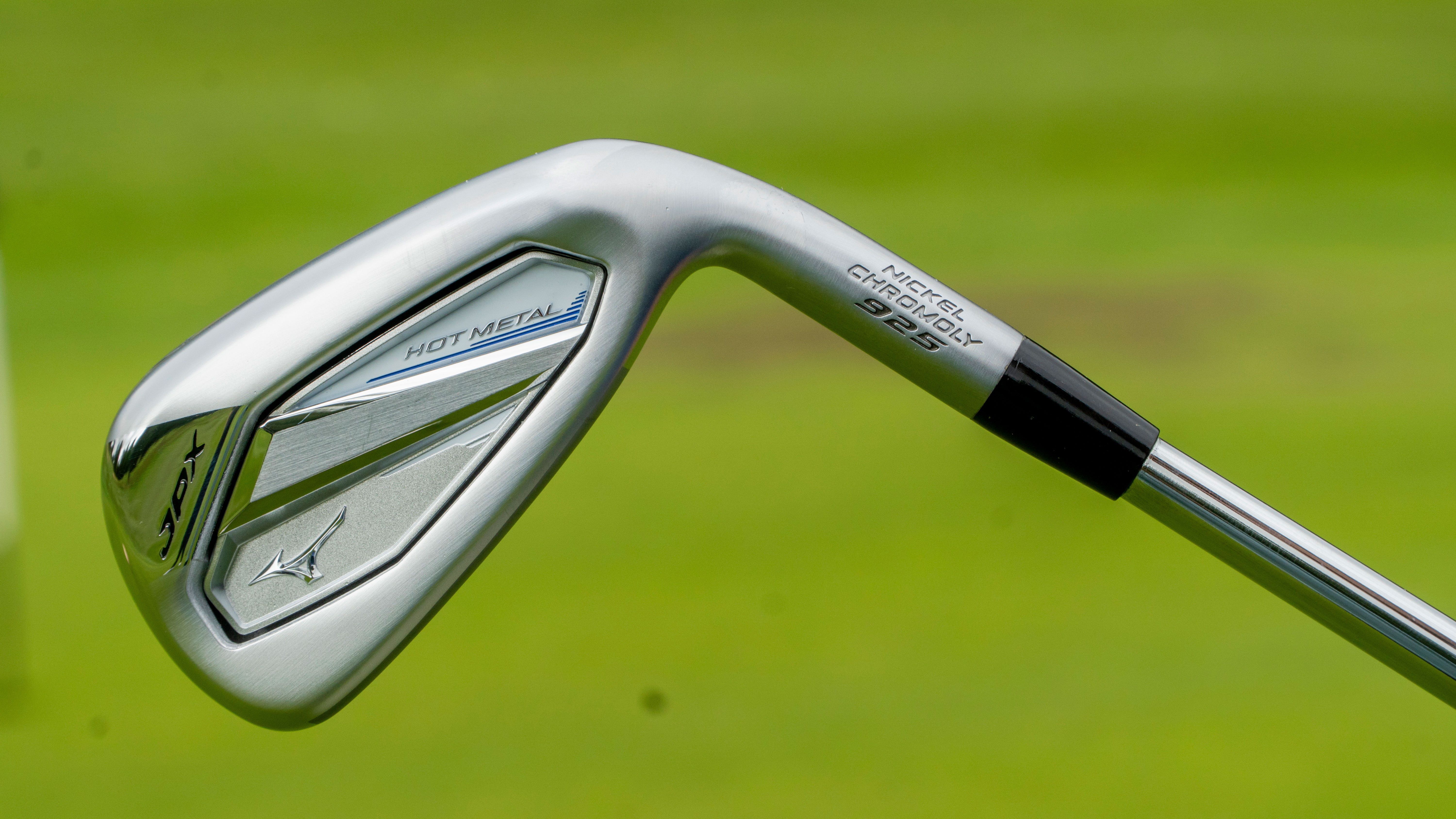
When it comes to aesthetics, I feel a bit torn about the Hot Metal irons in terms of shelf appeal or how they look in the bag. The overall shaping is excellent and the branding is nicely understated, but visually there’s a lot going on. The sound bar in the cavity stands out more than I’d like and the back design feels a little busy to my eye.
I’m also not a fan of the mixed finishes Mizuno has chosen for this set. Personally, I prefer either a high-gloss chrome or a brushed satin finish, but not both combined in a single iron. That said, these design choices are always subjective and what might feel a bit cluttered to me could just as easily be seen as visually striking or dynamic by others.
That said, the JPX 925 Hot Metal irons look genuinely impressive in the playing position. The slightly raised toe gives the impression of a more upright lie, which as someone who tends to miss right is a visual I really appreciate! As you'd expect from Mizuno, the overall profile is excellent, with the clubhead framing the ball beautifully. A moderate amount of offset and a refined top line complete a clean, confidence-inspiring look at address, but overall the TaylorMade takes this one.
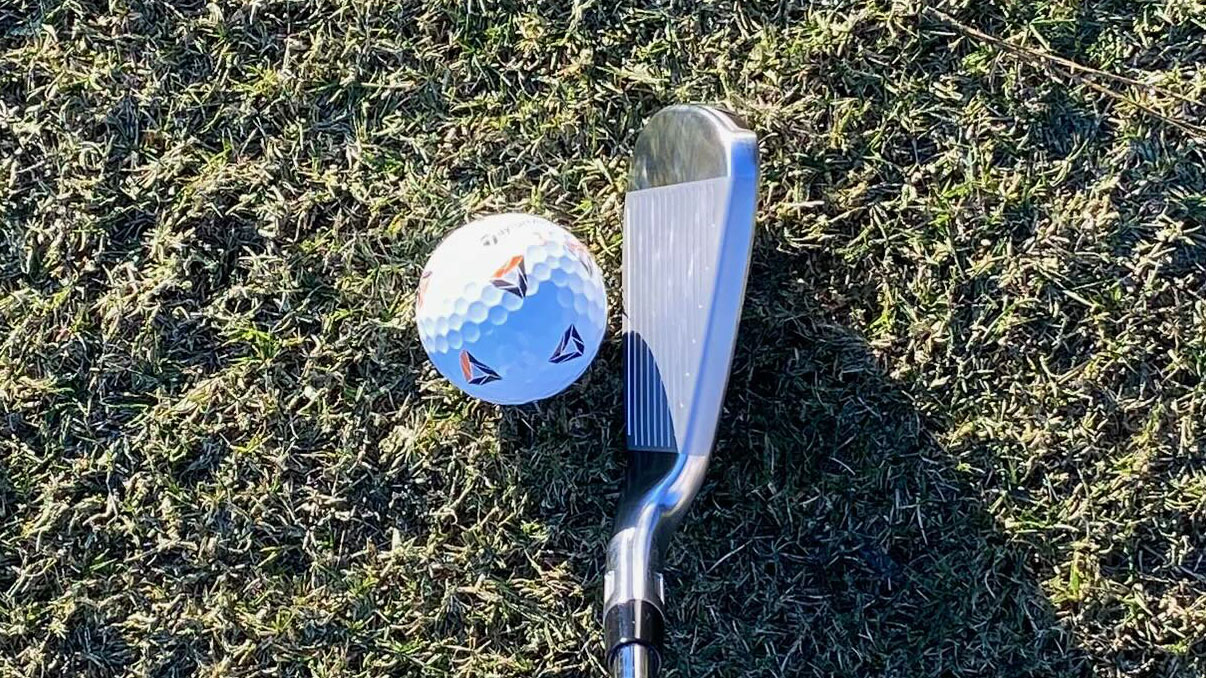
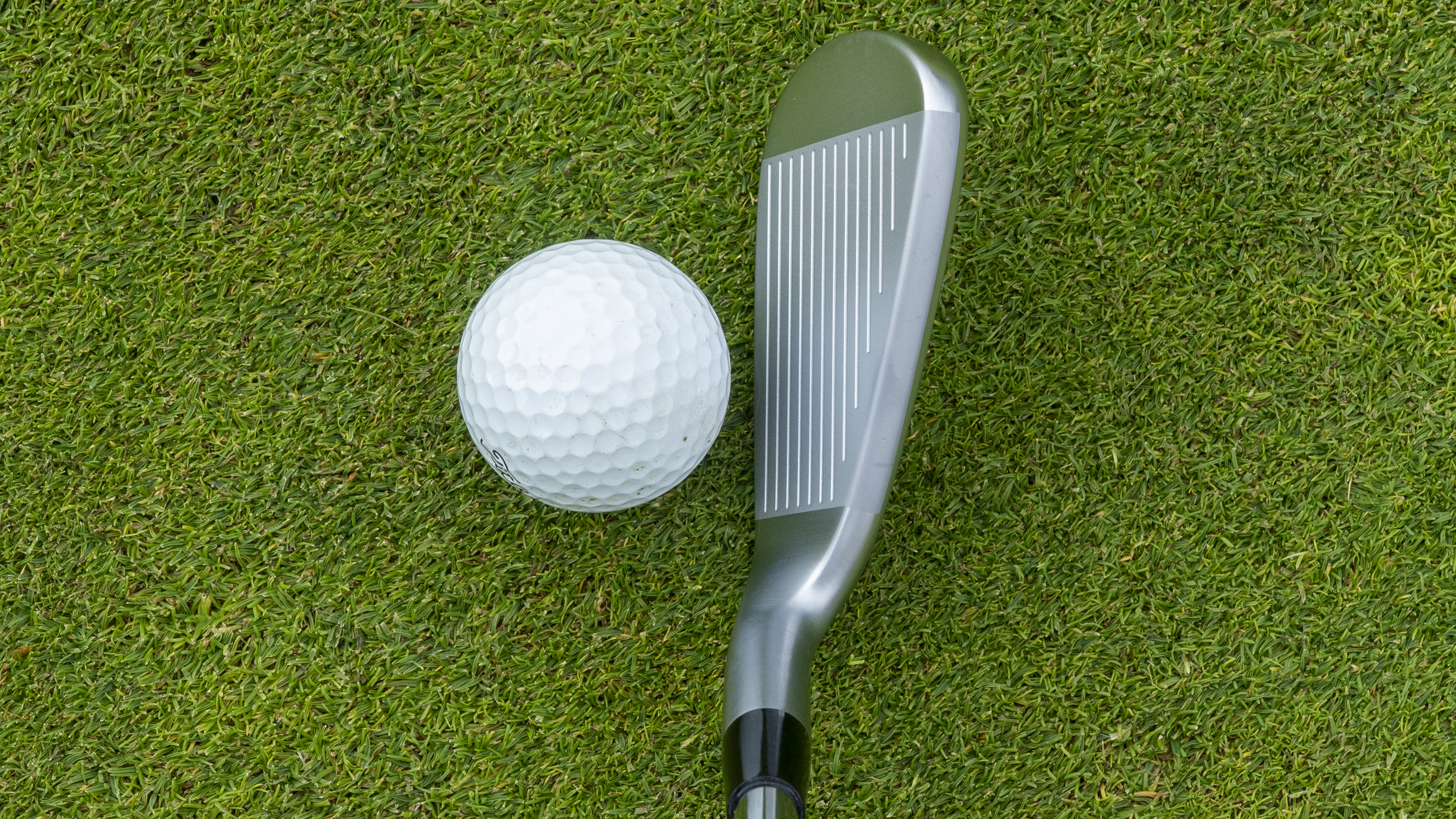
Feel
The Qi irons unfortunately delivered a firmer, somewhat harsh feel at impact, which didn’t quite suit my personal preference. The clicky sound at contact was also noticeable. While I wasn’t expecting the soft, buttery feel of a forged blade like the Mizuno Pro 221, the acoustic feedback was still a bit more abrasive than anticipated.
That said, there are plenty of positives. Turf interaction with this set is excellent, thanks to the wider sole, which allowed the club to glide smoothly through the turf, especially with the shorter irons. The strike feel was impressively consistent across the face, which is an essential trait for game improvement irons and one that helps inspire confidence with every swing.
In terms of the Mizuno, sound, feel, turf interaction, and workability all impressed in testing, making the JPX 925 Hot Metal iron a genuine pleasure to hit. The acoustics in particular stood out as a highlight, offering a satisfying tone at impact. This is achieved thanks to a ‘Balance Stability Frame’ that has been introduced to improve control, but that also gives a tour preferred vibration and sound. Additionally, there are some new ‘Acoustic Sound Ribs’ across the top edge and a sound bar to remove tinny/clicky frequencies.
Mizuno is the clear winner here.
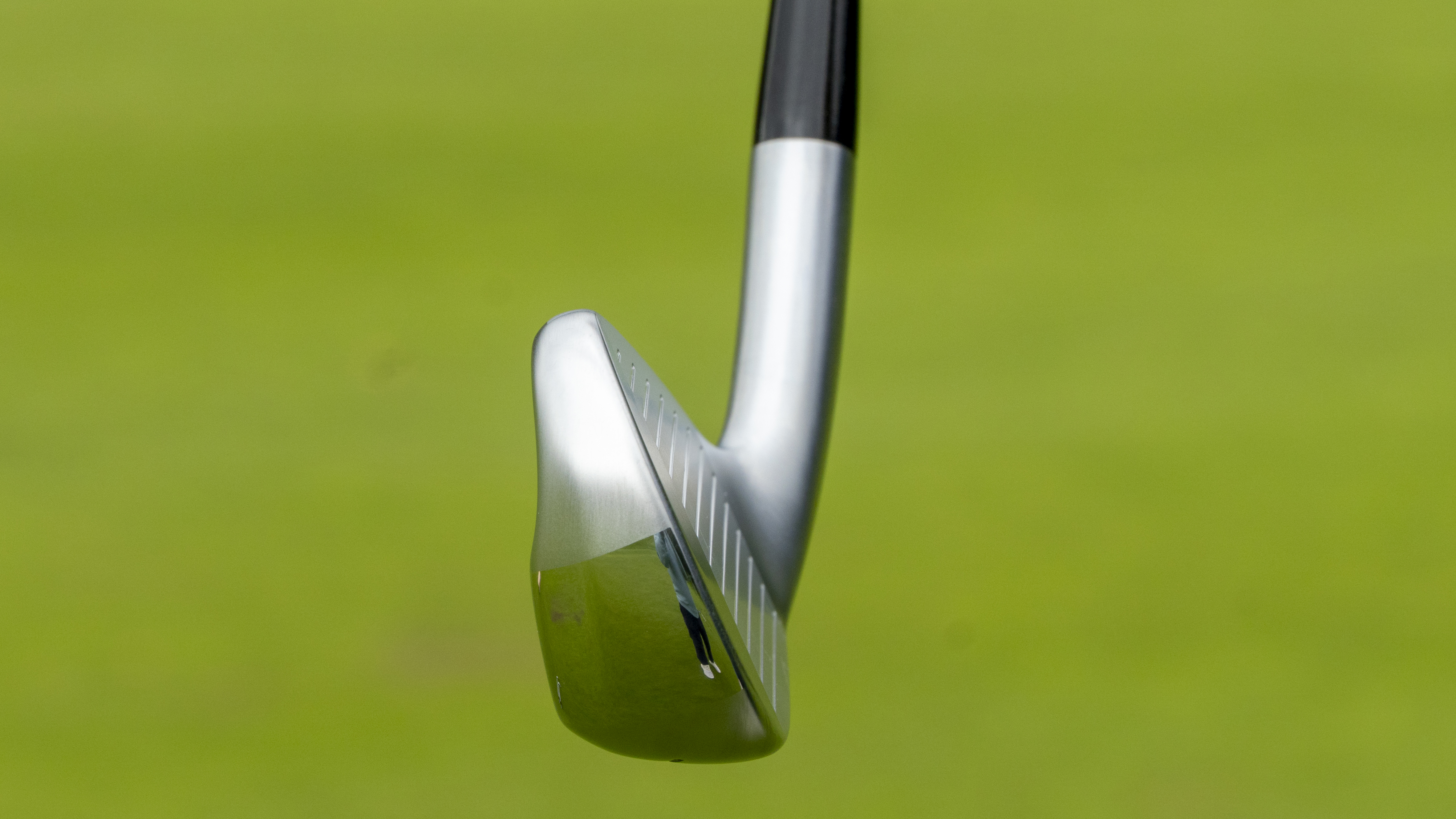
Performance
While all the categories above are important, nothing matters more than on-course performance. At the end of the day, when you're investing in a new set of irons you're looking for clubs that deliver consistently out on the course. If you need to strike every shot perfectly just to get a decent result, or if the ball won’t hold the green, even the most tech-packed or visually appealing clubs won't be much use.
My first impression when testing the TaylorMade Qi irons was how quickly the ball came off the face. The speed at impact was instantly noticeable, resulting in a significant distance gain, which was on average around 10 to 12 yards longer than my current gamers, the Callaway Apex CBs.
This is largely down to the stronger lofts on offer with these irons, a theme we see often with the best distance irons. To gain distance, lofts are manipulated compared to the stock lofts we'd see in the best irons for low handicappers, for example. As a result, spin rates were lower, which can be helpful in windy conditions but comes at the cost of stopping power. This is particularly noticeable when hitting into firm greens or from the rough. Even with a decent launch height, I found it harder to stop the ball quickly on the green compared to my Apex CBs.
Workability is limited, though that's expected from a set designed for mid-handicappers. However, one big plus is the built-in draw bias, which can be a real asset for players who tend to miss right or struggle with a slice. That gentle correction can make a big difference in keeping your shots straighter and more playable and is potentially a game-changer for those fighting a consistent fade or slice.
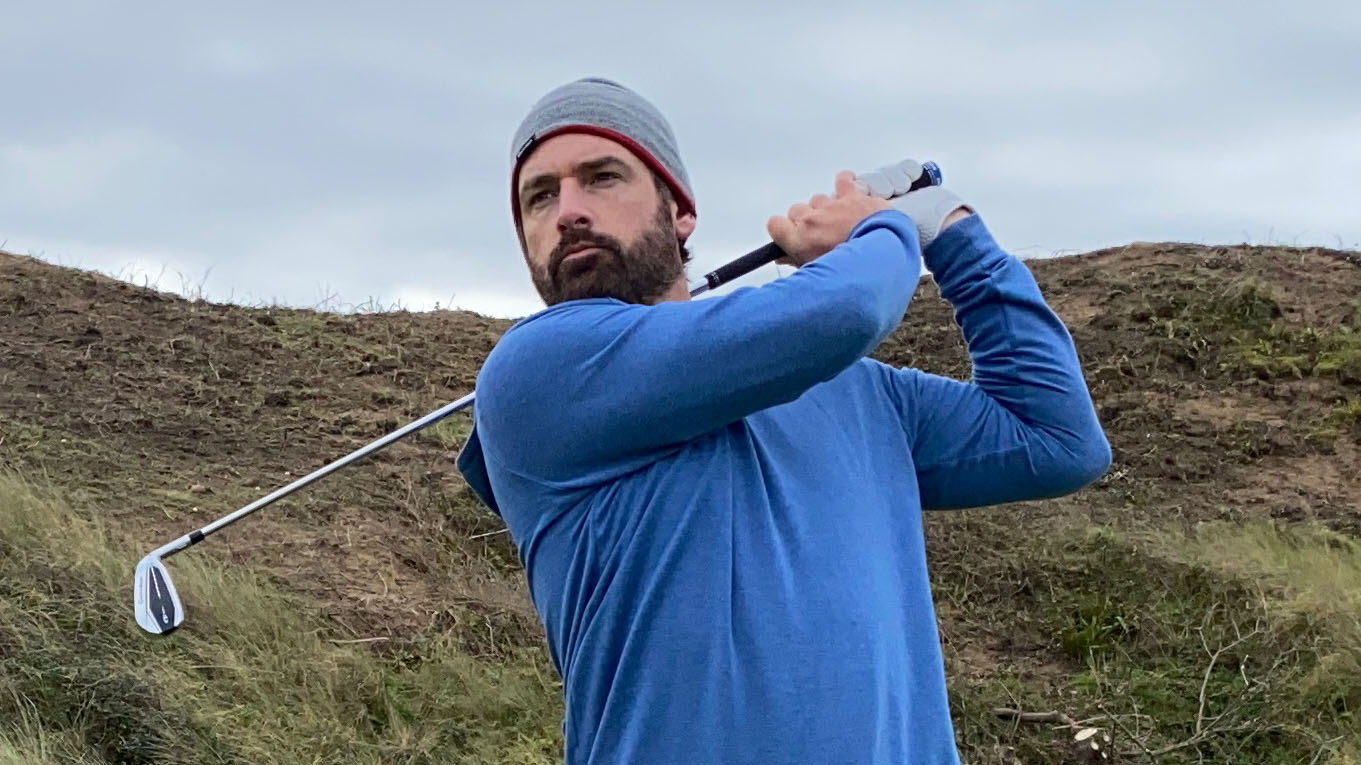
Joe Ferguson testing the TaylorMade Qi Iron
From a data standpoint, the overall results from the JPX925 irons were solid. They delivered the kind of strong distance numbers I expected (particularly given the 28° loft on the 7-iron). However, I did notice a few anomalies during the session. Two or three shots spiked in ball speed, dropped around 500 rpm of spin, and carried 12–15 yards farther than the others, all despite identical clubhead speed.
It’s worth noting that I was testing on tight, linksy turf, which isn’t known for producing flyers, so the inconsistency stood out. With the best compact mid-handicap irons, I’m always particularly mindful of the potential for hot faces and how that impacts carry and ball speed consistency. These few outliers certainly caught my attention and are worth considering if predictability is a top priority in your iron choice.
Again, TaylorMade is the victor in this category.
Which One Should You Choose?
Choose the TaylorMade Qi iron if…
- You want to negate a slice
- You get too much spin on the golf ball
- You prefer more distance and less height with approach shots
Choose the Mizuno JPX925 Hot Metal iron if...
- You value feel when choosing your irons
- You require good turf interaction
- You want a powerful distance iron with pleasing accoustics

Joe has worked in the golf industry for nearly 20 years in a variety of roles. After a successful amateur career being involved in England squads at every age group, Joe completed his PGA degree qualification in 2014 as one of the top ten graduates in his training year and subsequently went on to become Head PGA Professional at Ryder Cup venue The Celtic Manor Resort. Equipment has always been a huge passion of Joe’s, and during his time at Celtic Manor, he headed up the National Fitting Centres for both Titleist and Taylormade. He’s excited to bring his knowledge of hardware to Golf Monthly in the form of equipment reviews and buying advice.
Joe lives in North Devon and still plays sporadically on the PGA West region circuit. His best round in recent years came earlier in 2023 where he managed a 9 under par 63 at Trevose GC in a Devon & Cornwall PGA Tournament.
Joe's current What's In The Bag?
Driver: Switch between TaylorMade Qi35 and Callaway Elyte TD - both with Fujikura Ventus Black 6-X
Fairway wood 1: TaylorMade BRNR Copper Mini Driver - Fujikura Ventus Black 7-X
Fairway wood 2: Callaway Apex UW 17˚- Fujikura Ventus Black 9-X
Irons: TaylorMade P7CB 3-PW with Dynamic Gold Tour Issue X100 shafts
Wedges: Callaway Opus 50, 54, and 60 degrees - Project X LS 6.0 shafts
Putter: LAB Golf Oz.1 (zero shaft lean)
Ball: TaylorMade 2024 TP5x
Grips: Golf Pride Tour Velvet 60R
Bag: Vessel Player IV Pro DXR Stand
You must confirm your public display name before commenting
Please logout and then login again, you will then be prompted to enter your display name.